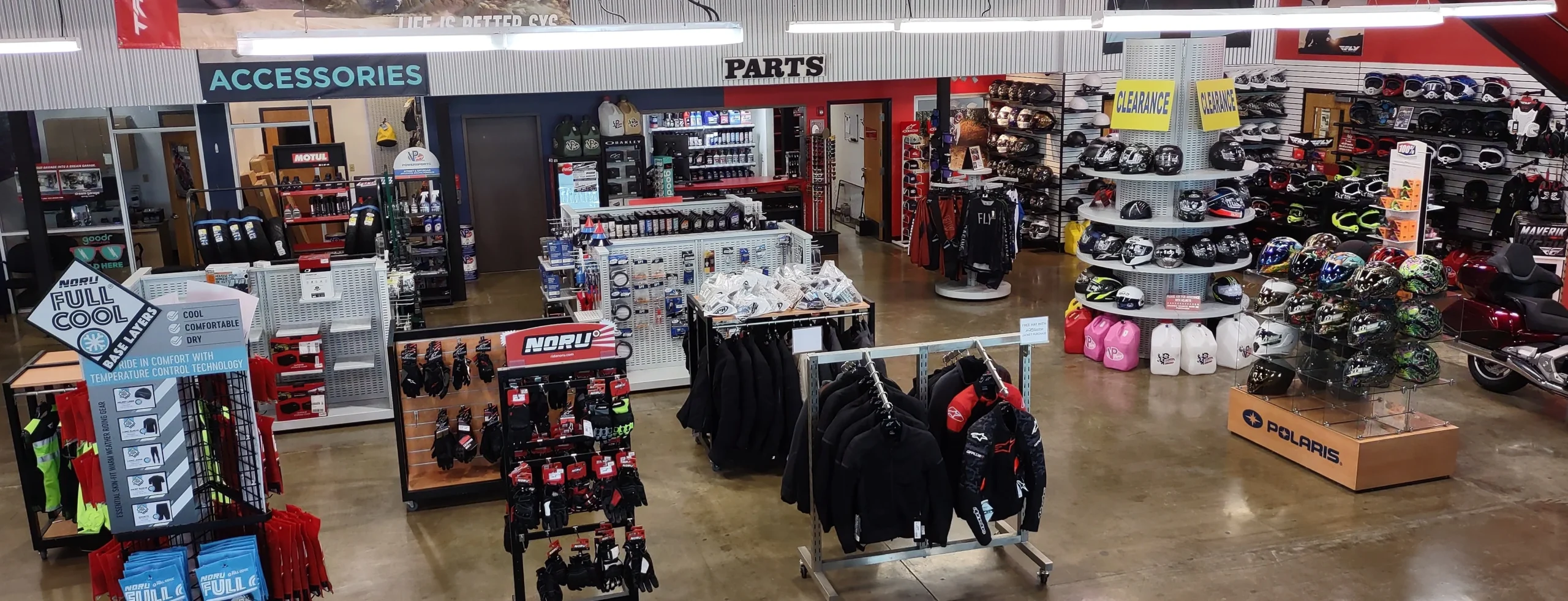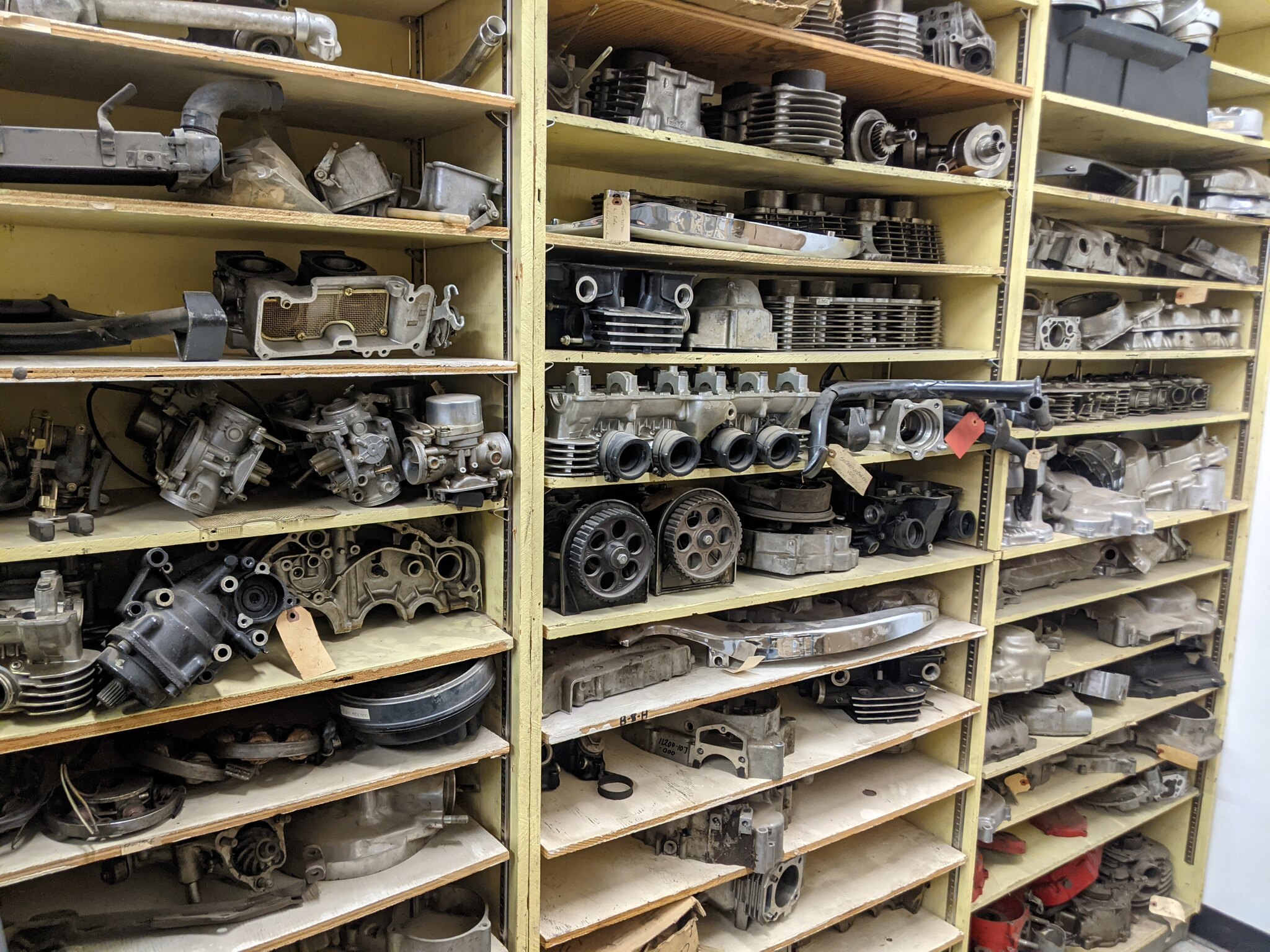Your Best Motorbike Shop for Quality Parts and Accessories
Your Best Motorbike Shop for Quality Parts and Accessories
Blog Article
Mastering Motorbike Gears: Exactly How to Optimize Your Riding Experience
In the world of motorcycling, mastering the art of gear adjustment is critical for improving your riding efficiency. Correctly making use of and recognizing bike equipments can significantly impact fuel, control, and acceleration performance, transforming a typical ride into a seamless, electrifying trip.
Understanding Equipment Mechanics
Exactly how do the intricacies of gear mechanics affect motorbike efficiency? At the core of motorcycle dynamics, equipment mechanics play a crucial role in transforming engine power into motion, inevitably dictating speed and control. Gears, diligently crafted components, permit motorcyclists to maximize torque and rate, ensuring a seamless shift with different terrains and rates. The equipment proportions, carefully made, identify the connection in between engine revolutions and wheel turns, affecting velocity and fuel efficiency.
Understanding equipment auto mechanics starts with recognizing the relevance of the gearbox, which houses multiple gears of differing dimensions. These equipments communicate through a procedure referred to as meshing, where teeth of various gears involve to transmit power. The precision of this communication is vital; any kind of imbalance or damages can bring about ineffective power transfer, hindering performance. Additionally, the arrangement and size of gears influence the bike's ability to manage various tons and speeds.
Additionally, the principle of gear changing is essential to making best use of performance. Smooth and timely changes make sure that the engine runs within its optimum power band, preventing unnecessary strain and boosting durability (motocross parts nz). By understanding these mechanical intricacies, motorcyclists can achieve a harmonious blend of effectiveness, control, and power, boosting their riding experience
Timing Your Changes
Change timing mastery is important for enhancing motorcycle efficiency and enhancing the riding experience. Correctly timed shifts ensure that the engine runs within its optimum power band, which is important for keeping control, accomplishing smooth acceleration, and making sure the durability of the bike. Cyclists need to establish an intuitive feeling of when to change gears, which entails understanding the partnership in between engine revolutions per min (RPM) and rate.
To grasp change timing, pay very close attention to the engine's noise and really feel, as these give essential clues about when to alter gears. The perfect change point generally takes place when the engine comes close to the top variety of its power band without getting to the redline. Shifting as well early can cause an absence of power, while moving far too late may trigger unneeded engine pressure
In addition, road problems and riding style impact shift timing. In comparison, throughout freeway riding, less shifts at greater rates can be much more ideal.
Enhancing Fuel Performance
While mastering motorcycle gears is crucial for efficiency, enhancing fuel performance is similarly essential for both economic and ecological reasons. Optimum fuel usage not just reduces functional prices yet additionally decreases the eco-friendly footprint of riding. To achieve this, one must recognize the elaborate connection in between gear option and engine efficiency.
Riding in a higher equipment at reduced speeds can lead to engine lugging, which is detrimental to both fuel economy and engine health. Alternatively, riding in reduced equipments at high speeds results in unnecessary gas intake.
Furthermore, routine maintenance plays a critical function in gas efficiency. Making sure that the motorbike is well-tuned, with clean air filters and appropriately pumped up tires, can lower and boost the rules of aerodynamics gas waste. Additionally, adopting a riding design that accepts steady velocity and smooth deceleration can contribute to far better fuel economy.

Methods for Smooth Transitions
Accomplishing smooth equipment shifts is basic to enhancing the riding experience and making certain the durability of a motorbike's transmission system. Appropriate equipment changing not only adds to a smooth trip but additionally lessens damage on the mechanical elements. To understand the art of smooth transitions, riders should concentrate on a couple of vital methods.

Second of all, clutch control plays a critical role. Engaging and disengaging the clutch efficiently calls for practice. The clutch bar should be launched gradually, allowing for a smooth transfer of power from the engine to the wheels without triggering a jolt or sudden motion.

Adapting to Roadway Problems
Navigating diverse roadway conditions is an essential ability for any motorcyclist aiming to maintain control and security. Whether you're riding on wet surface areas, crushed rock roadways, or navigating sharp turns, your capability to adapt your gear usage and riding technique is critical. Recognizing exactly how to change your gears appropriately can significantly affect traction and security, making certain a safer journey.
On wet roads, it is advisable to keep greater equipments to reduce torque and reduce wheel spin. This technique aids keep grasp on unsafe surfaces, permitting for smoother velocity and deceleration. On the other hand, when riding on crushed rock or irregular terrain, reduced gears are more suitable. Lower equipments supply much better control and allow you to try this react more promptly to unexpected adjustments in the roadway surface area.
Sharp contours require specific gear management to balance rate and control. Downshifting prior to going into a curve can help keep momentum while guaranteeing the motorcycle remains secure throughout the turn. Constant technique in diverse conditions boosts your capacity to forecast and react to changes in road structure and slope.
Verdict
Understanding bike gears dramatically improves the riding experience by improving acceleration, fuel, and control efficiency. A complete understanding of gear auto mechanics and precise change timing ensures the engine operates within its optimum power band, while smooth transitions with effective clutch and throttle sychronisation boost convenience and efficiency. Adjusting gear selection to different road conditions, such as utilizing higher equipments on wet surfaces and lower equipments on gravel, additional boosts handling and safety. Ultimately, these skills elevate the general trip.
Recognizing gear technicians starts with identifying the significance of the gearbox, which houses several equipments of varying dimensions. These equipments communicate via a process known as meshing, where teeth of different equipments involve to transmit power (motox parts nz). Mild adjustments to the throttle throughout equipment changes can protect against jerky motions and keep a consistent riding speed
Whether you're riding on damp surfaces, crushed rock here are the findings roads, or browsing sharp turns, your capacity to adapt your equipment use and riding strategy is critical. Adapting equipment selection to numerous road problems, such as using higher gears on damp surfaces and lower gears on gravel, additional enhances handling and security.
Report this page